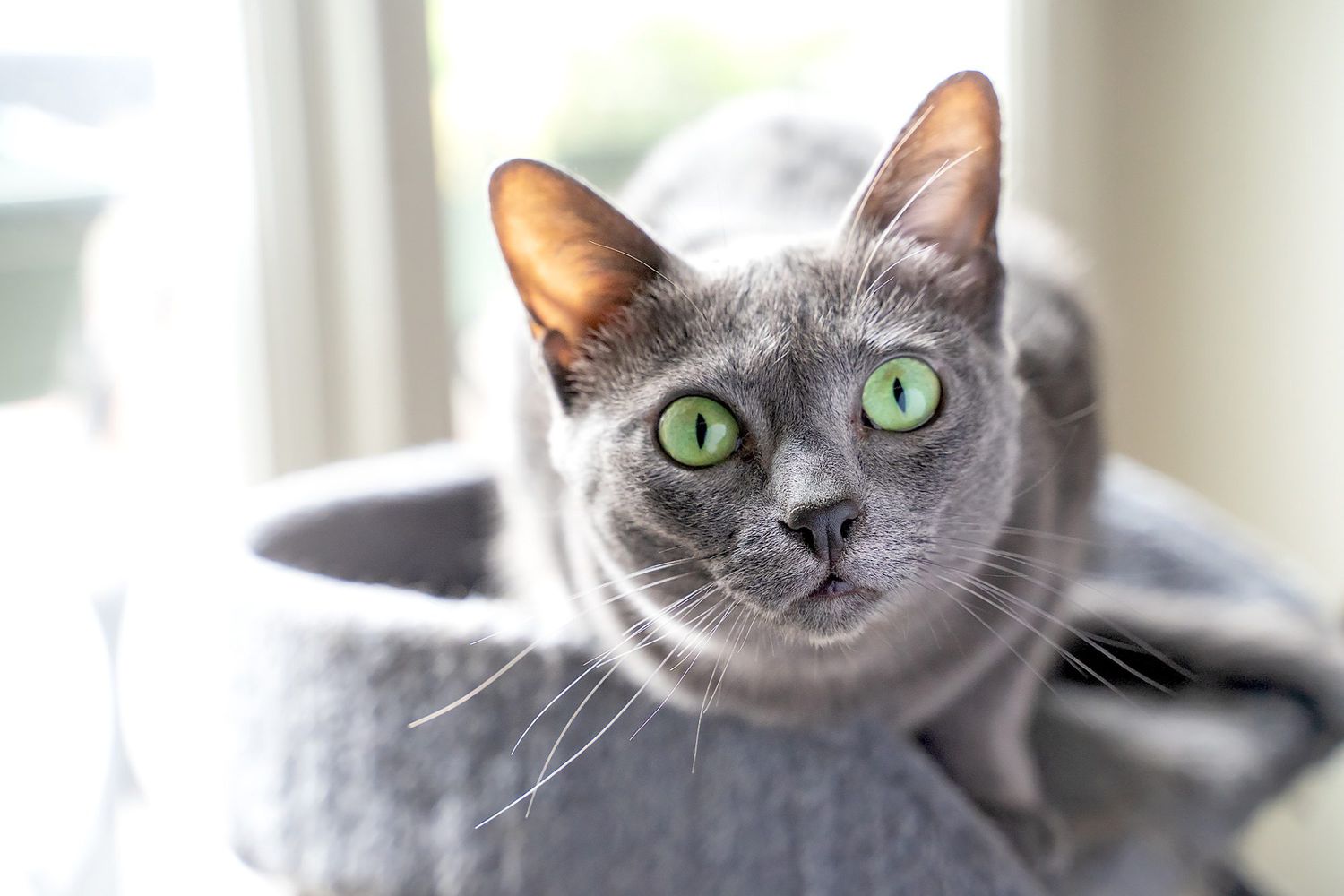The Impact of Cat Litter on Indoor Air Quality
The Impact of Cat Litter on Indoor Air Quality
Blog Article

Cat litter and litter boxes play a critical role in the lives of both cats and their owners. From the modest beginnings of sand and soil to the innovative developments these days, the world of cat litter has developed considerably. In this thorough guide, we explore every aspect of cat litter and litter boxes, exploring their history, types, benefits, difficulties, and everything in between.
The history of cat litter dates back centuries, with ancient civilizations using sand, soil, and even ashes as primitive litter products. Nevertheless, it wasn't till the mid-20th century that modern-day cat litter as we understand it emerged. In 1947, Edward Lowe presented the world's very first business cat litter made from absorbent clay, transforming the way cats relieved themselves inside your home. Considering that then, cat litter has undergone numerous transformations, with the introduction of clumping litter, silica gel litter, biodegradable options, and more.
Today, cat owners are spoiled for option when it comes to picking the ideal litter for their feline buddies. Standard clay litter stays popular for its price and efficiency in taking in odors. Clumping litter, which forms solid clumps when wet, simplifies cleansing and upkeep. Silica gel litter, made up of highly absorbent silica crystals, provides superior odor control and durability. Eco-friendly alternatives, such as recycled paper, wood pellets, corn, and wheat, interest environmentally conscious customers.
Each kind of cat litter provides unique benefits. Clay litter stands out in its ability to take in moisture and control smells, making it a reliable option for lots of cat owners. Clumping litter streamlines day-to-day scooping and extends the time in between total litter changes. Silica gel litter provides exceptional smell control and can last longer between replacements. Biodegradable litters offer a sustainable option that lessens environmental automatic cat litter box effect.
While cat litter improves indoor feline hygiene, it is not without its obstacles. Dust from clay litter can present respiratory threats for both cats and humans, triggering the appeal of dust-free options. Some cats might develop litter box aversion due to concerns with texture, fragrance, or tidiness, requiring experimentation with different litters and box setups. Multi-cat homes may need strategic litter box positioning and frequent upkeep to prevent territorial disagreements and guarantee all cats have access to tidy facilities.
Picking the proper litter box is vital for promoting positive litter box routines and general feline well-being. Elements to think about include size, availability, and design choices. Covered litter boxes provide personal privacy and cat litter robot help consist of odors, however some cats might find them restricting or intimidating. Open-top litter boxes use easy gain access to and visibility but may result in more litter scatter. Automatic self-cleaning litter EcoFriendly Litter Boxes boxes streamline upkeep but require routine monitoring and upkeep.
Correct litter box maintenance is vital for ensuring a tidy and inviting environment for both cats and their owners. Daily scooping gets rid of waste immediately, minimizing odor and preventing litter box aversion. Routine litter replacement, typically every 1-2 weeks, prevents bacterial accumulation and maintains ideal absorbency. Extensive cleaning with mild cleaning agent and water, preventing harsh chemicals that might hinder cats from using the box, ought to be carried out monthly.
Cat litter and litter boxes play a main role in fostering a healthy and harmonious relationship in between felines and their human buddies. With a diverse range of litter alternatives and litter box styles available, cat owners have the flexibility to customize their options to match their felines' preferences and home requirements. By comprehending the advancement, types, benefits, and challenges of cat litter and litter boxes, animal owners can offer their feline good friends with a comfy and hygienic indoor environment.